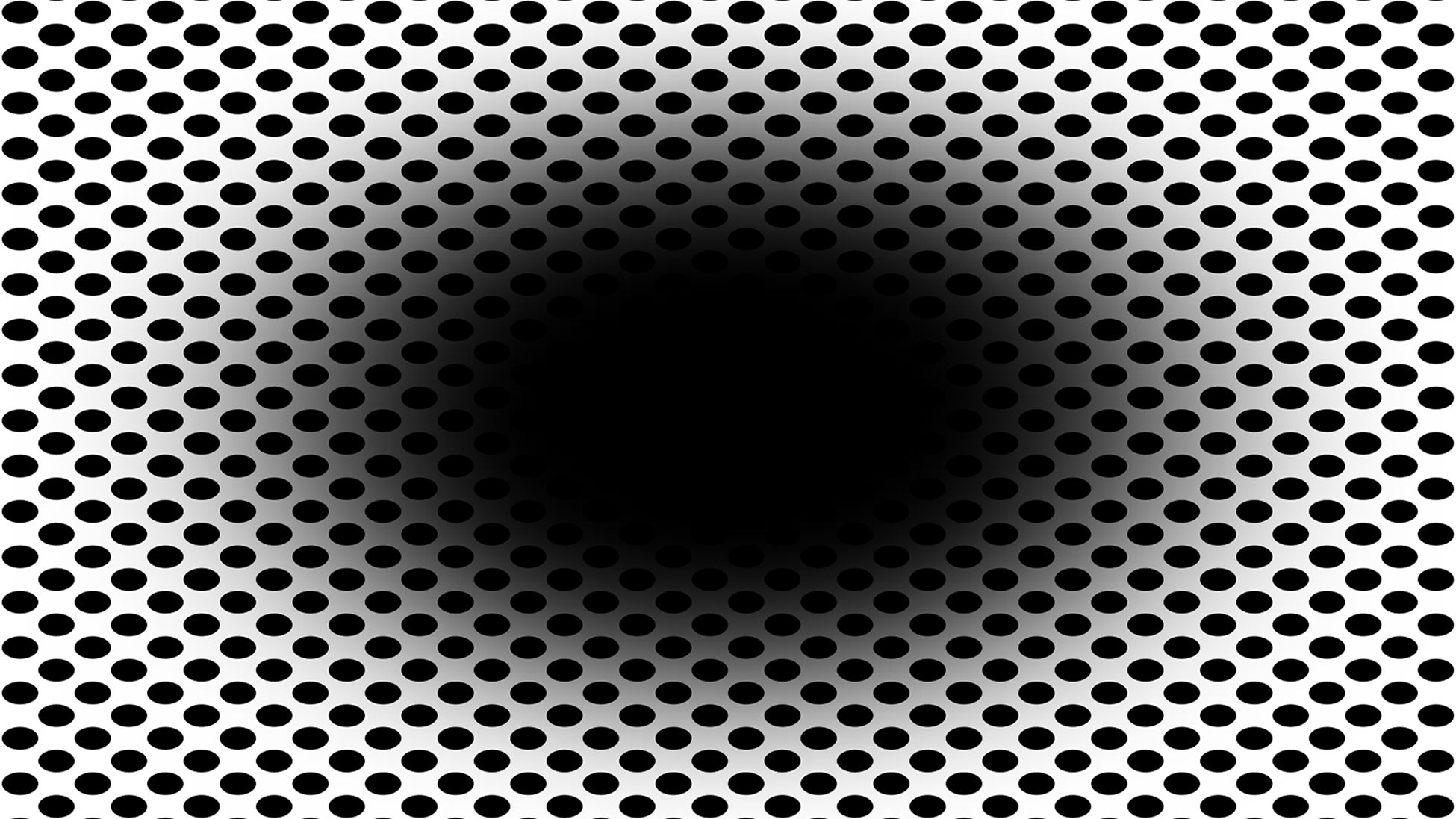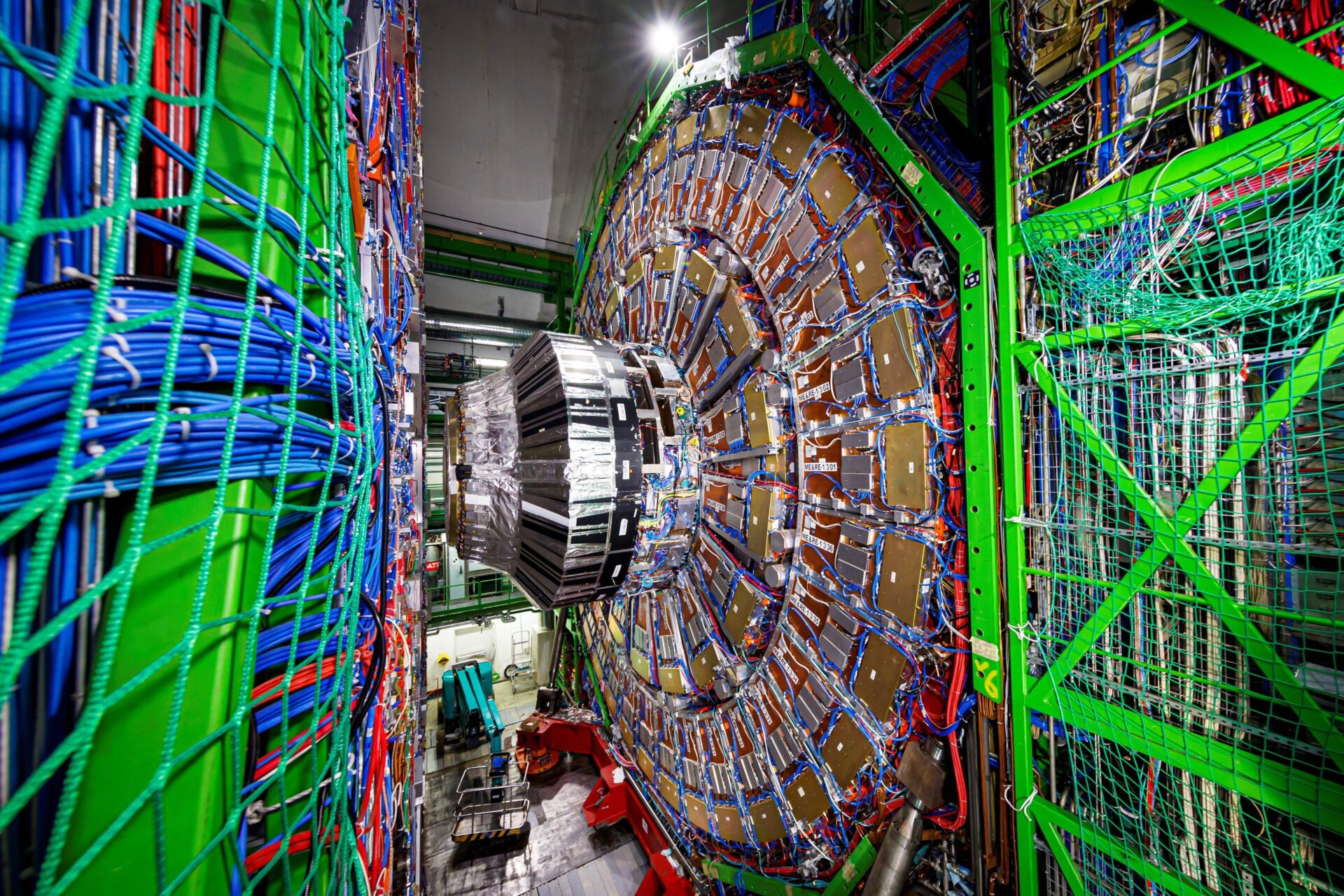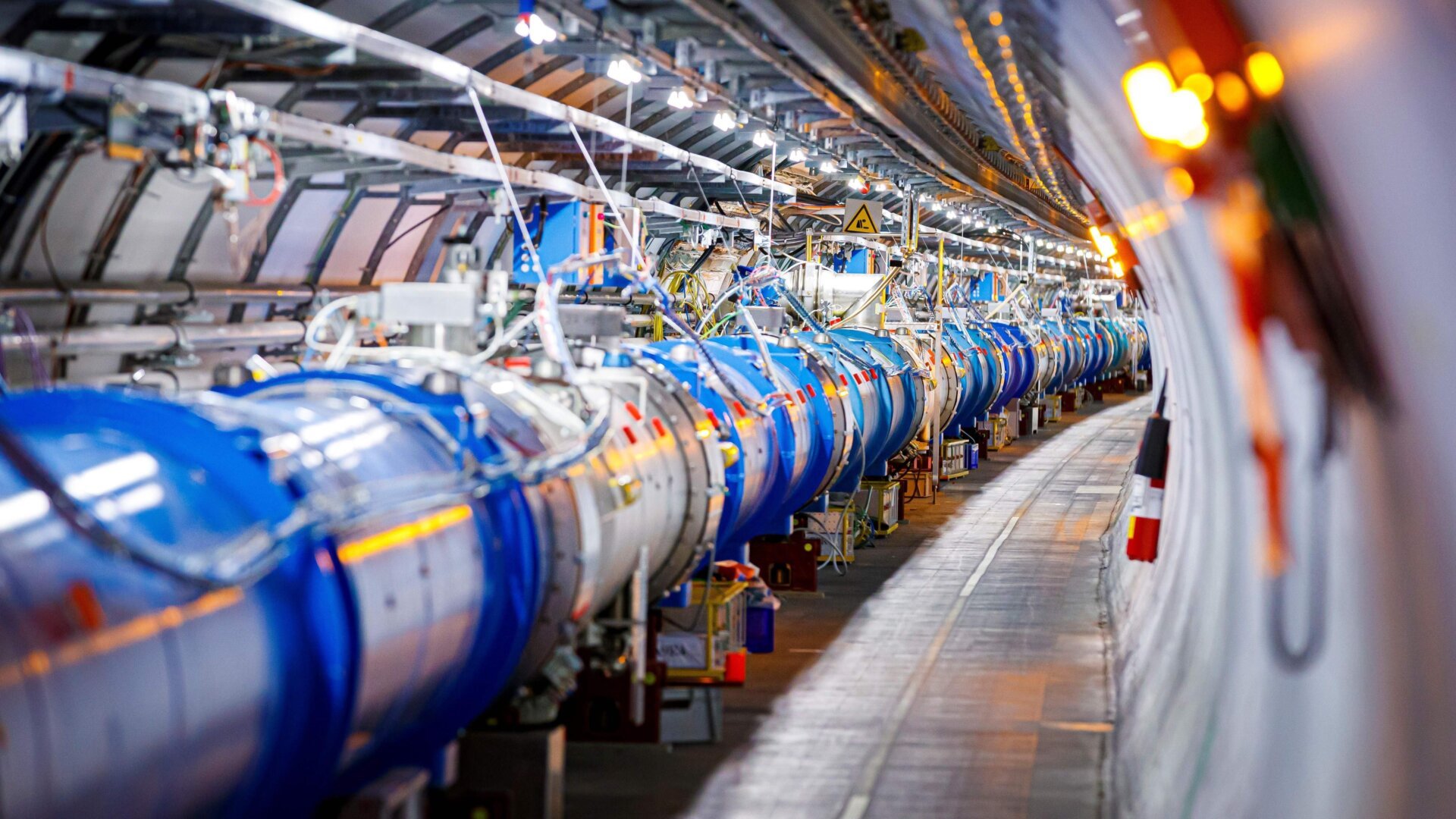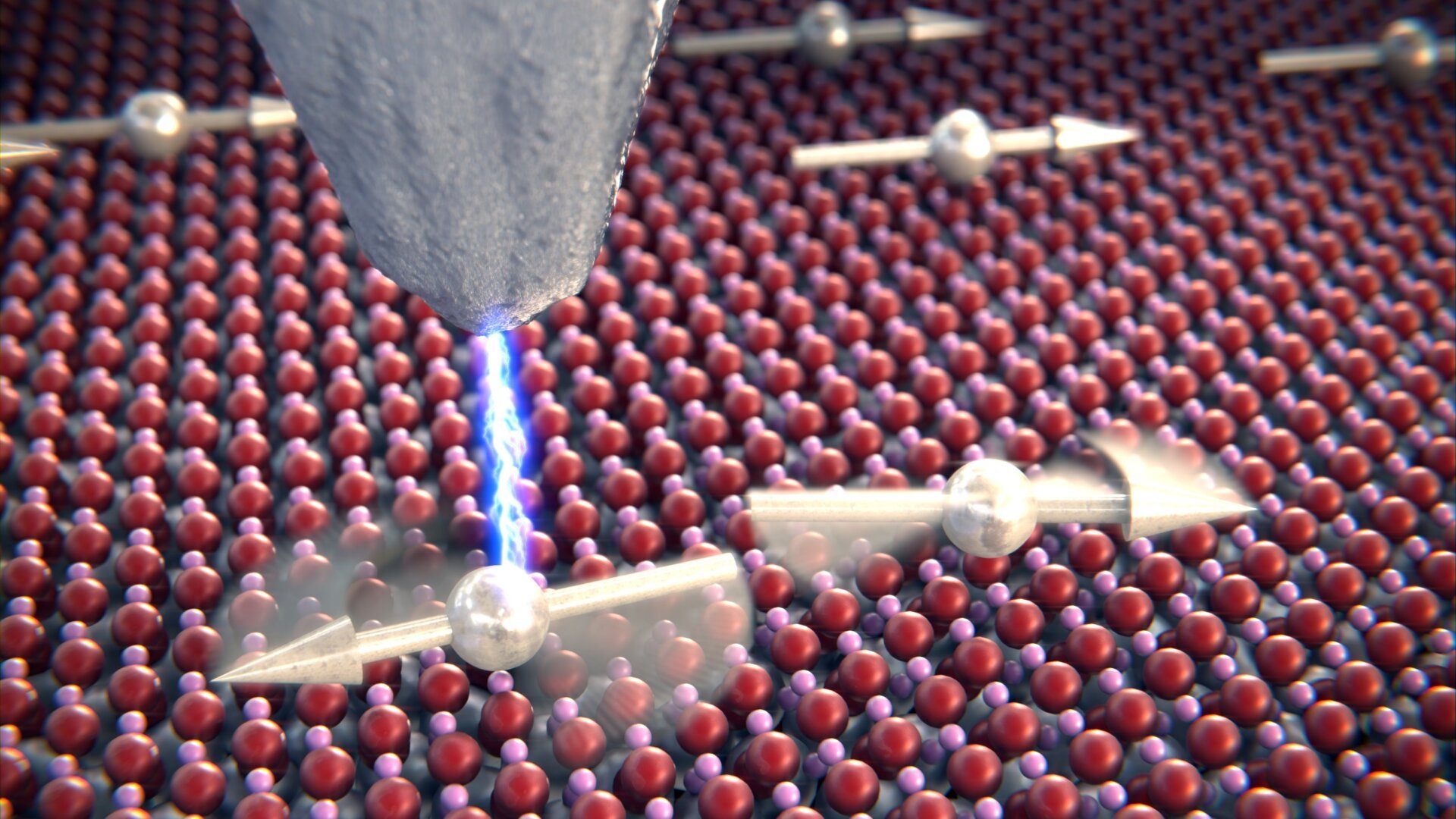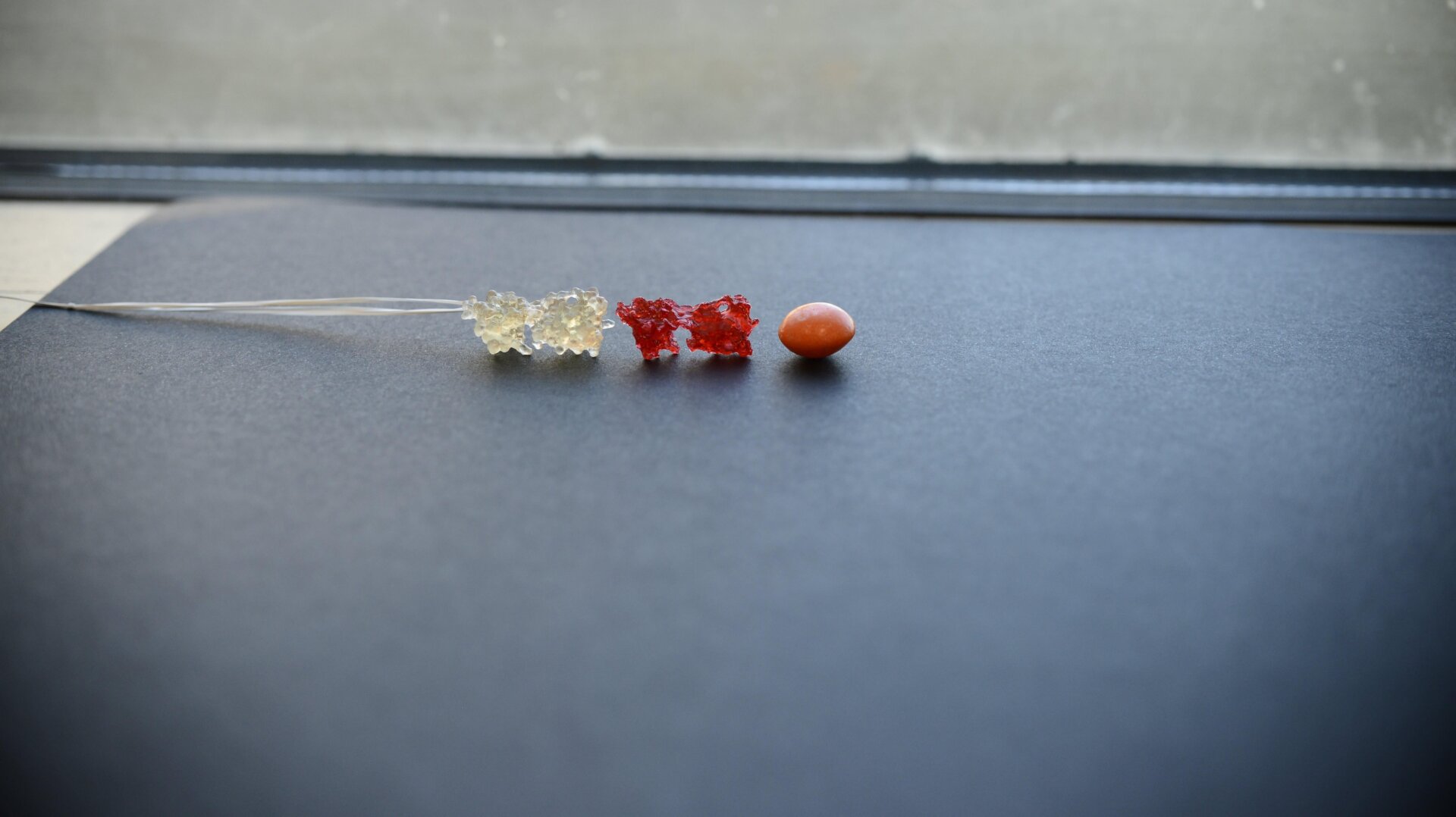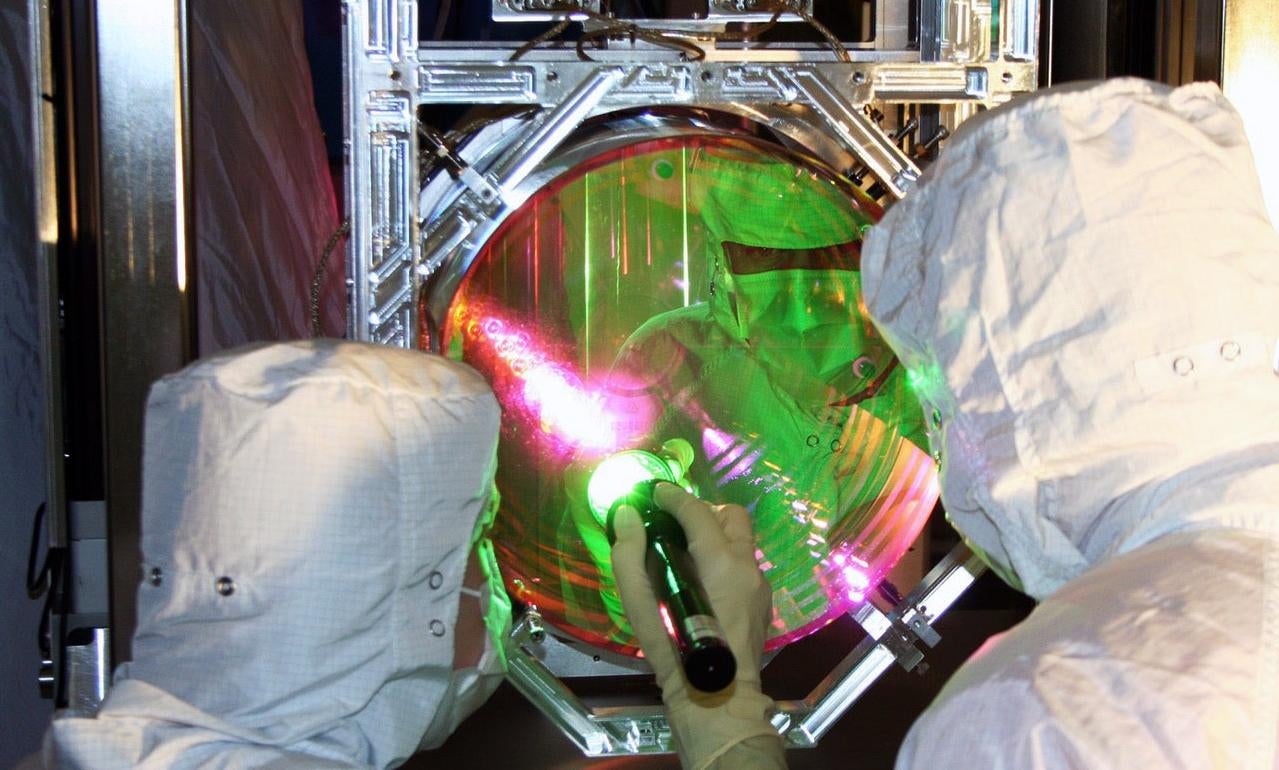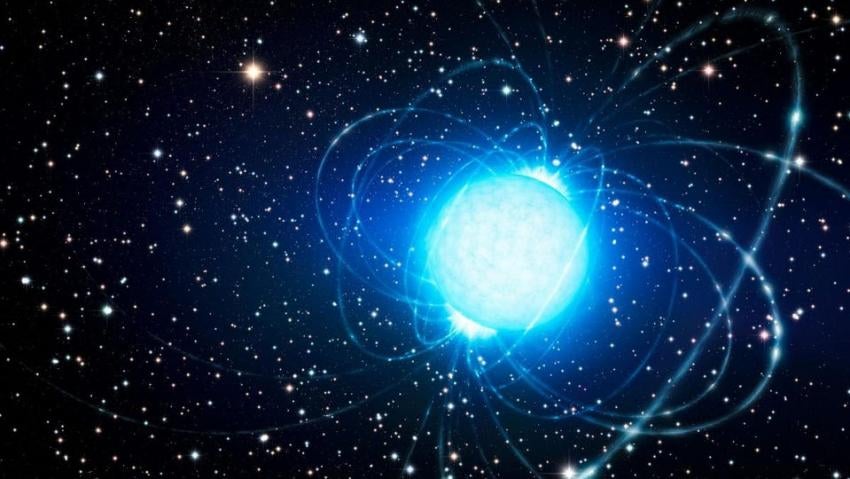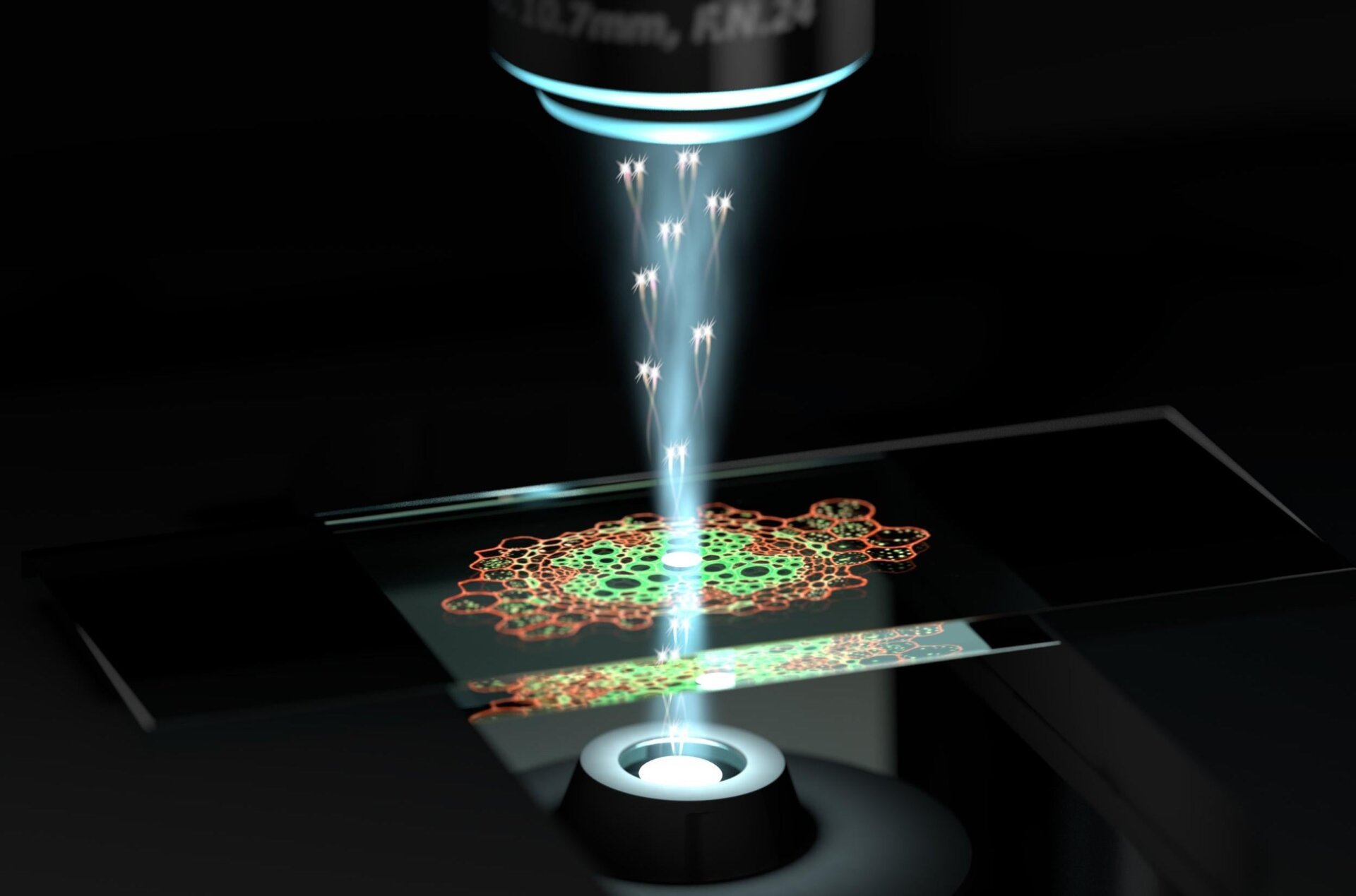The image of a black blob surrounded by smaller black dots on a white background might seem simple, but it creates a powerful illusion of expansion or falling into a hole. This newly discovered illusion, created by Akiyoshi Kitaoka, offers fascinating insights into how human vision works and how our brains predict what we see. Unlike illusions that can cause physical mishaps, this static image induces a false sense of movement and pupil dilation, even in well-lit rooms where such adjustments aren’t necessary.
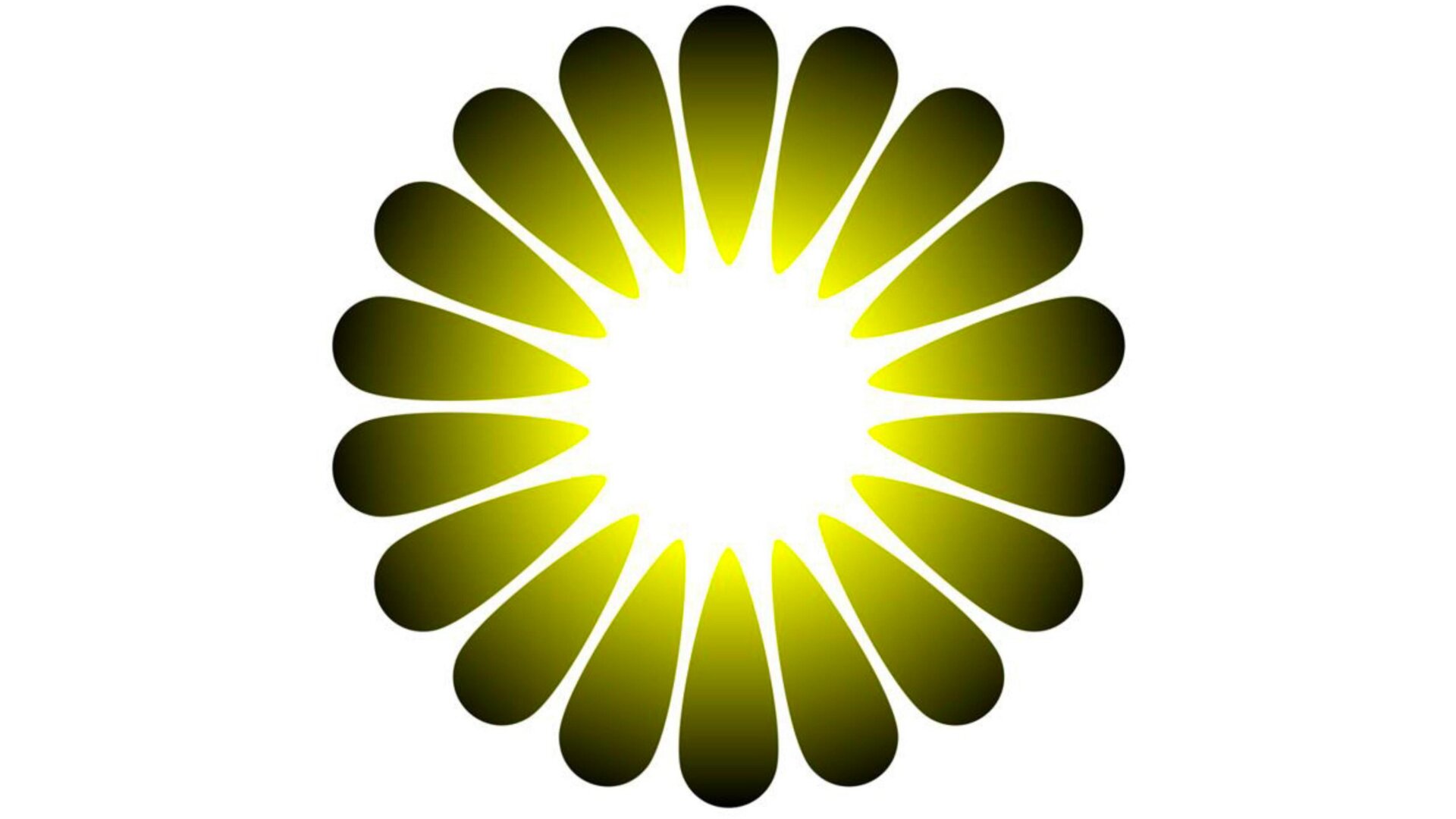 Image: Frontiers in Human NeuroscienceImage: Frontiers in Human Neuroscience
Image: Frontiers in Human NeuroscienceImage: Frontiers in Human Neuroscience
Perceiving the Present: How Our Brains Compensate for Visual Lag
This illusion falls under the category of “perceiving-the-present,” a concept first identified in 2008. While our brains seem to process information rapidly, it takes about 100 milliseconds to interpret the light hitting our retinas. In that time, a slowly walking person can move a significant distance, highlighting the need for our brains to compensate and predict what we’re seeing and will see shortly. These predictions influence our perception and can even trigger involuntary physical reactions.
The Asahi Illusion: Brightness and Pupil Contraction
Another compelling example of this phenomenon is Kitaoka’s “Asahi” brightness illusion. The central white area appears brighter than the surrounding white, despite having identical RGB values. Observing this illusion causes pupils to contract, regardless of the ambient lighting. Researchers believe this is a protective reflex, as the brain anticipates a sudden bright light, like sunlight glimpsed through trees, and preemptively adjusts to prevent retinal damage.
The Black Hole Illusion and Pupil Dilation
The black hole illusion, conversely, causes pupil dilation. The brain interprets the perceived movement towards a darker space as a signal to prepare for lower light conditions. The blurred edges of the central blob contribute to the sensation of motion blur, mimicking the visual experience of approaching a dark area, like a cave.
The Unanswered Questions
This research raises intriguing questions. Why does this illusion affect approximately 86% of people, while 14% remain unaffected? What differentiates these groups, and are there implications for how they perceive and navigate the world? These questions warrant further investigation. The black hole illusion underscores the complex interplay between perception, prediction, and physiological responses, offering a compelling glimpse into the intricacies of human vision.



